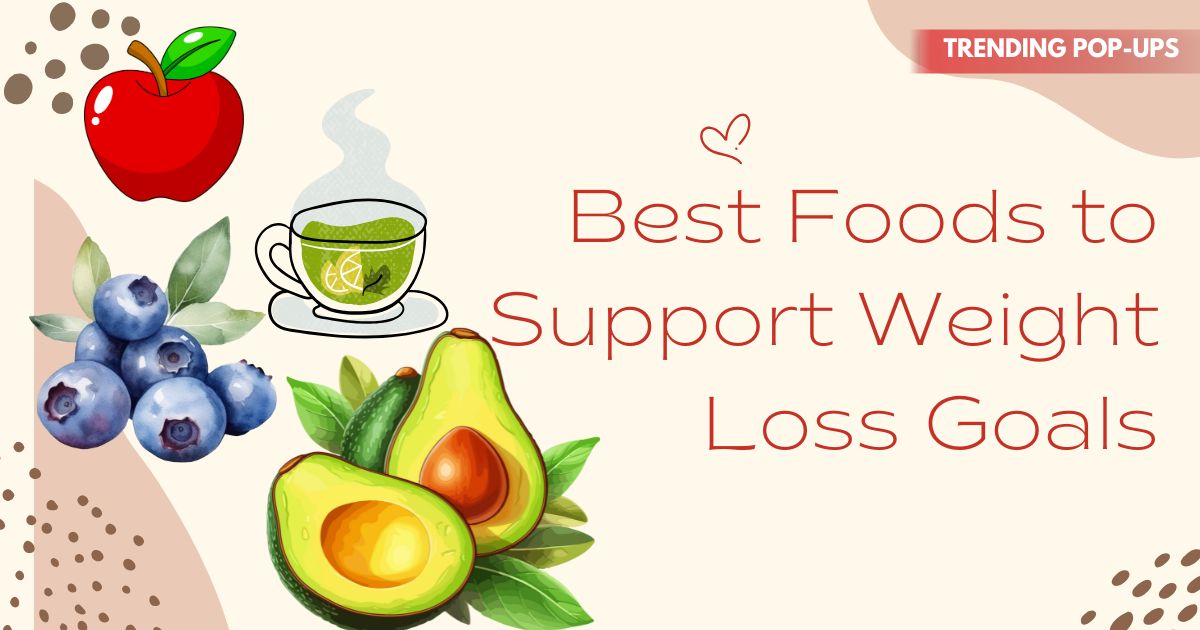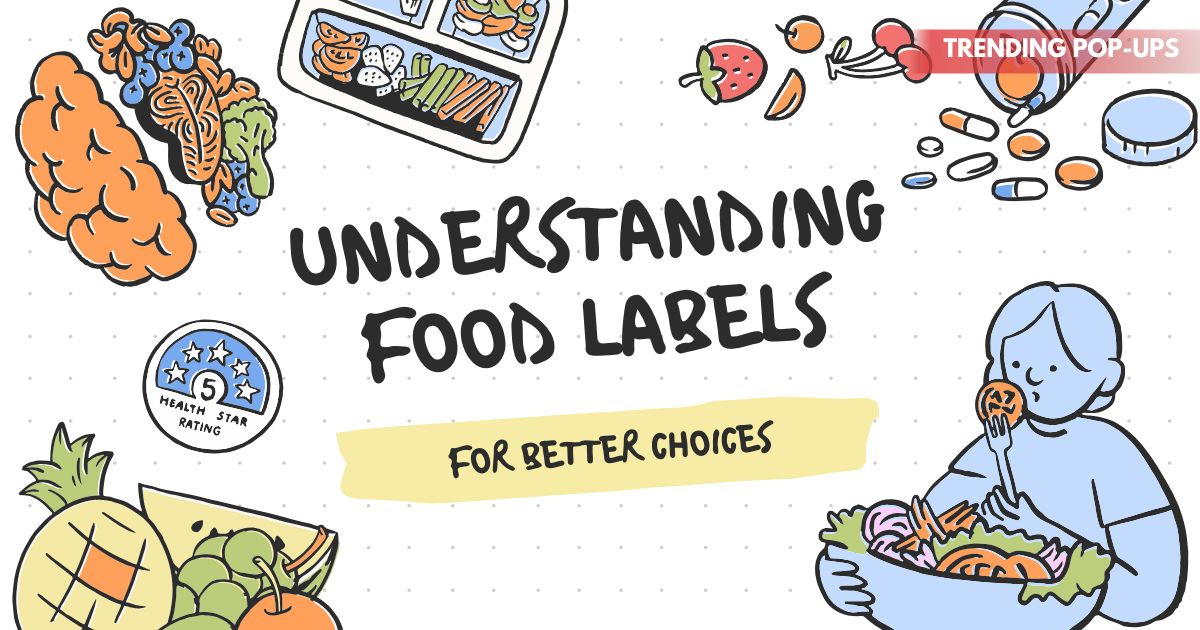Losing weight isn’t just about eating less—it’s about eating right. A well-balanced diet filled with nutrient-rich foods can help you feel full, boost metabolism, and burn fat naturally. While exercise and lifestyle changes play important roles, the foods you choose make the biggest difference in achieving sustainable results.
In this article, we’ll explore the best foods to support weight loss goals, why they work, and how you can easily include them in your daily diet.
Why Food Choice Matters in Weight Loss
The body needs the right mix of protein, fiber, and healthy fats to maintain energy while burning fat. Unhealthy, processed foods can slow metabolism and increase cravings, while whole foods help control appetite and promote long-term success.
Choosing the right foods:
-
Keeps you full for longer.
-
Helps control blood sugar levels.
-
Reduces cravings for unhealthy snacks.
-
Supports fat-burning and muscle retention.
Best Foods to Support Weight Loss Goals
1. Leafy Green Vegetables
Leafy greens such as spinach, kale, and lettuce are low in calories but high in fiber, which promotes satiety. They are also packed with vitamins, minerals, and antioxidants.
How to use: Add them to salads, smoothies, or stir-fries.
2. Eggs
Eggs are one of the best sources of protein and healthy fats, making them ideal for breakfast. Studies show that eating eggs in the morning can reduce calorie intake throughout the day.
How to use: Boil, scramble, or make veggie-filled omelets.
3. Lean Protein Sources
Protein is crucial for muscle maintenance and metabolism. Foods like chicken breast, turkey, tofu, and fish help burn more calories during digestion.
How to use: Grill or bake instead of frying for a healthier option.
4. Fatty Fish
Salmon, mackerel, and sardines are rich in omega-3 fatty acids, which reduce inflammation and improve fat metabolism. They are also packed with high-quality protein.
How to use: Include fish at least twice a week in meals.
5. Whole Grains
Whole grains like quinoa, brown rice, and oats are high in fiber and slow-digesting carbs. They prevent blood sugar spikes and keep you full longer.
How to use: Replace refined grains with whole-grain options.
6. Beans and Legumes
Lentils, black beans, and chickpeas are rich in plant-based protein and fiber, making them excellent for weight control. They also help regulate digestion and improve gut health.
How to use: Add to soups, salads, or curries.
7. Nuts and Seeds
Despite being calorie-dense, nuts and seeds are excellent for weight loss when eaten in moderation. They provide healthy fats, protein, and fiber.
How to use: Eat a handful of almonds or walnuts as a snack.
8. Avocados
Avocados are packed with heart-healthy monounsaturated fats and fiber. They improve satiety and help control appetite naturally.
How to use: Add to salads, toast, or smoothies.
9. Berries
Blueberries, raspberries, and strawberries are rich in antioxidants, vitamins, and fiber while being low in calories. They satisfy sweet cravings without causing sugar spikes.
How to use: Eat fresh as snacks or add to yogurt.
10. Greek Yogurt
Greek yogurt is high in protein and probiotics that improve digestion and promote fullness. It’s an excellent snack or breakfast choice.
How to use: Pair with fruits or a drizzle of honey.
11. Green Tea
Green tea is known for its metabolism-boosting properties. It contains catechins and caffeine that enhance fat burning and energy levels.
How to use: Drink 2–3 cups daily.
12. Apples
Apples are rich in fiber and water, making them highly filling. They can help curb cravings and provide steady energy without extra calories.
How to use: Eat whole as a snack instead of juices.
13. Cottage Cheese
Low-fat cottage cheese is packed with protein and calcium. It’s ideal for late-night snacking as it helps build muscle and prevents hunger.
How to use: Mix with fruit or sprinkle with seeds.
14. Chia Seeds
Chia seeds absorb water and expand in the stomach, promoting fullness. They are also high in fiber and omega-3s.
How to use: Add to smoothies, yogurt, or overnight oats.
15. Cruciferous Vegetables
Broccoli, cauliflower, and Brussels sprouts are nutrient-dense, low-calorie, and high in fiber. They also contain plant compounds that support fat loss.
How to use: Steam, roast, or stir-fry as side dishes.
Additional Tips to Maximize Weight Loss with Foods
-
Portion control: Even healthy foods can lead to weight gain if overeaten.
-
Stay hydrated: Water boosts metabolism and prevents overeating.
-
Plan meals ahead: Preparing meals avoids last-minute unhealthy choices.
-
Limit processed foods: Stick to natural, whole-food options.
Long-Term Benefits of Eating Weight-Loss-Friendly Foods
-
Sustainable fat loss without extreme restrictions.
-
Improved digestion and gut health.
-
Higher energy levels and better mood.
-
Reduced risk of chronic diseases like diabetes and heart disease.
-
Stronger metabolism and muscle preservation.
Also Read : Pros and Cons of Keto Diet: A Complete Guide to Benefits and Risks
FAQs
Q1. Can I eat carbs while trying to lose weight?
Yes, but focus on whole grains instead of refined carbs for steady energy and satiety.
Q2. How often should I eat to lose weight?
3 balanced meals with 1–2 healthy snacks daily works best for most people.
Q3. Are snacks allowed during weight loss?
Yes, as long as they are healthy options like nuts, fruits, or yogurt.
Q4. Do I need to cut out fats completely?
No. Healthy fats from avocados, nuts, and olive oil support metabolism and hormone balance.
Q5. Which fruit is best for weight loss?
Berries, apples, and grapefruit are particularly effective because of their fiber and low calorie content.



